Celebrating Indigenous people and culture
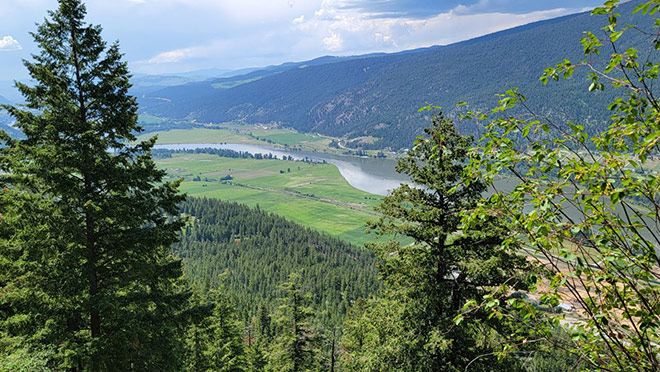
Connecting with our employees about culture and tradition
Every June we mark National Indigenous Peoples Day together, and this year we're gathering for in-person celebrations for the first time since 2019. We talked to two employees about their culture and traditions and how learning more about Indigenous culture can help broaden our perspectives.
This month we'll mark National Indigenous Peoples Day on June 21. It's a day to recognize and celebrate the unique heritage, diverse cultures and outstanding contributions of First Nations, Inuit and Métis peoples. Here in B.C., there are more than 200 First Nations with their own cultures, world views, and traditions that form a part of the richness of our province's society today.
As we come together and celebrate Indigenous culture this month, it's an opportunity to enjoy food, storytelling and dancing and learn about Indigenous history. It's also a chance to learn more about the richness and diversity of Indigenous cultures. To kick off the celebration, two of our employees graciously share a bit about their own Indigenous culture and background with us.
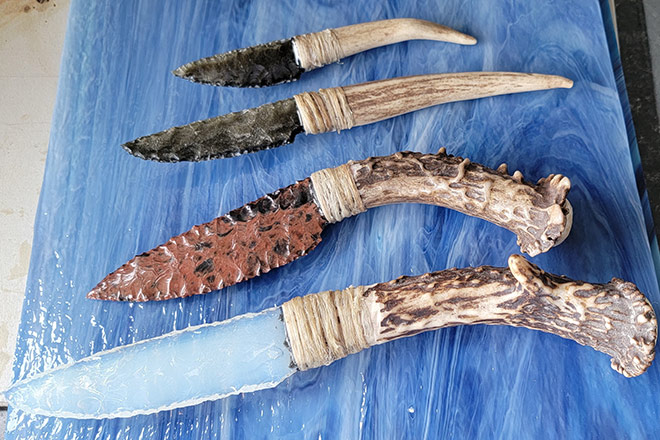
There's always something new to learn
"I practice my Indigenous traditions every day," says Dan Boyle, a construction officer with our Indigenous Professionals in Development program. "I do smudging in the morning before I start my work day and ask the Creator to clear my mind and help me speak clearly. I've also been teaching youth from my community traditional fishing methods and taking part in hunting camps geared towards getting people to enjoy being on the land. I'm involved with putting on Indigenous boxing camps throughout B.C., with one coming up in Victoria and another one hosted in Adams Lake for the surrounding reserves."
For Dan, reconnecting to his Indigenous heritage and culture began with his journey of sobriety. "When I was getting sober I had to re-learn how to live," he explains, "I was introduced to smudging and the sweat lodge and it opened up a different path for me to take in life." Now Dan encourages everyone to "learn, educate yourself, ask questions, and get curious about Indigenous culture. Build off of knowing whose territory you live and work in and find out their beliefs and ways of life."
Dan recently began to learn the Secwepemc language which has added to his way of thinking and given him a new level of respect. "I want to pass on traditional knowledge that I didn't learn when I was younger. I always tell the kids to never stop learning or taking opportunities. I'm a Red Seal power line technician, a Red Seal electrician and now I'm working on project management. There's always something new to learn or be involved in."
Dan's daughter Amelia was recently asked to join the Secwepemc Youth Council. "She's been making ribbon skirts and building rattles, and we box together at the gym. Now she gets to sit on the council with Secwepemc Chiefs and share her thoughts and learn. There's no end to what she can do." This year Dan gets to join her at her graduation.
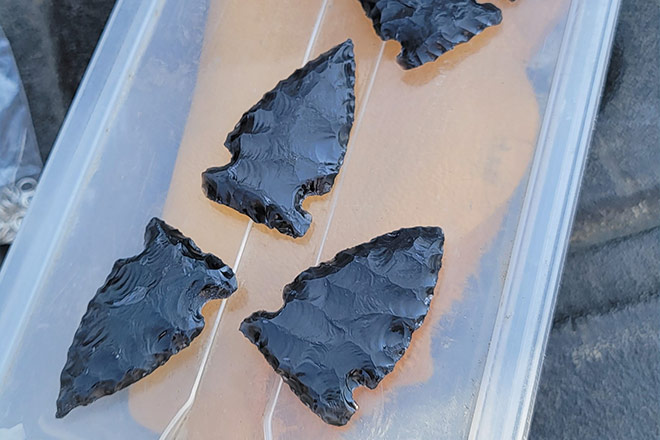
Bringing cultural learnings into our work
"Culture is the lens through which we see the world. It's personal. It comes from your heritage, your family, your ethnicity," says Kear Porttris, Team Lead of Indigenous Employment and Training. "A big part of who I am is the intersectionality of being both Métis and Chinese."
"Growing up in Regina, my dad took us to Métis gatherings where we saw jigging. I introduced my daughter to it because she's a dancer and it was a natural fit for her," Kear explains. "We're in a place now where broader society celebrates Indigenous culture more, and my daughter sees the benefit of it because she's asked to come and dance professionally often."
Kear joined BC Hydro recently from private industry where he was the Director of Indigenous Relations for an environmental contractor and before that he helped establish an engineering firm that works with Indigenous communities. "In Western culture your work is often very separate from everything else, but in my experience with a lot of Indigenous people they don't have the same separation between work and personal life. So, when we talk about learning from Indigenous culture that's one thing to take away. How do we go from, 'I took part in a National Indigenous Peoples Day celebration' to bringing that back to our professional work? How am I bringing the cultural things I'm learning and apply them or change the way I work? It's a tough question but taking the time to reflect on it is a good place to start."
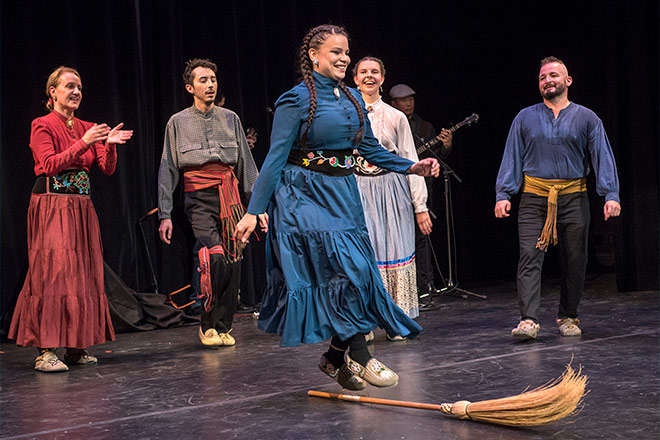
This year's celebrations at BC Hydro
At BC Hydro, our employees will be celebrating this month with performances by two Indigenous dance companies. V'ni Dansi is a Vancouver-based traditional Métis and contemporary dance company dedicated to sharing the dances, stories, and culture of the Métis. V'ni Dansi holds the distinction of being the only company in Canada to teach and perform both Métis and contemporary dance. Meaning "Come and Dance" in Michif, V'ni Dansi is thrilled to share the Métis people's joyful culture with audiences of all Nations.
Tsatsu Stalqayu translated into English means Coastal Wolf Pack. The members of the group with pride represent the following Coast Salish communities: Musqueam, Squamish, Tsartlip, Nanaimo, and more. This breadth of membership along with the multigenerational performers gives their audiences a sense of belonging to this, the hereditary lands of the Coast Salish people.
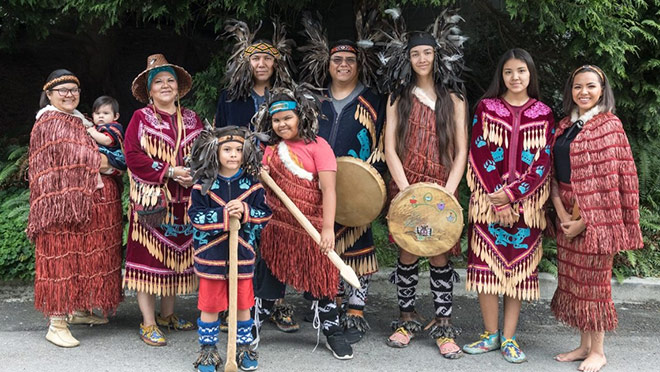
How will you celebrate?
Here are some options for you to celebrate and embrace Indigenous culture this month.
Attend an event
- June 10: Okanagan Indian Band hosts a Traditional Powwow at Komasket
- June 21: K'ómoks First Nation hosts the K'ómoks Festival, a National Indigenous Peoples Day event in Courtenay
- June 21: Mid-Island Métis Nation hosts a National Indigenous Peoples' Day celebration on Snuneymuxw Territory at Maffeo Sutton Park in Nanaimo
- June 21: Songhees National Indigenous Peoples Day Celebration hosted on Lekwungen Territory at the Lower Causeway and Victoria Inner Harbour
- June 21: The City of Burnaby hosts a National Indigenous Peoples Day celebration in Edmonds Park
- June 21: The City of West Vancouver hosts a National Indigenous Peoples Day celebration in Ambleside Park
- June 21: Squamish Nation and the Lil'wat Nation host a full-day celebration for National Indigenous Peoples Day in Whistler at the Squamish Lil'wat Cultural Centre
- June 21: Tŝilhqot'in National Government hosts a celebration of National Indigenous Peoples Day in Boitanio Park, Williams Lake
- June 24: Sncǝwips Heritage Museum hosts the Siyaten Festival in Westbank